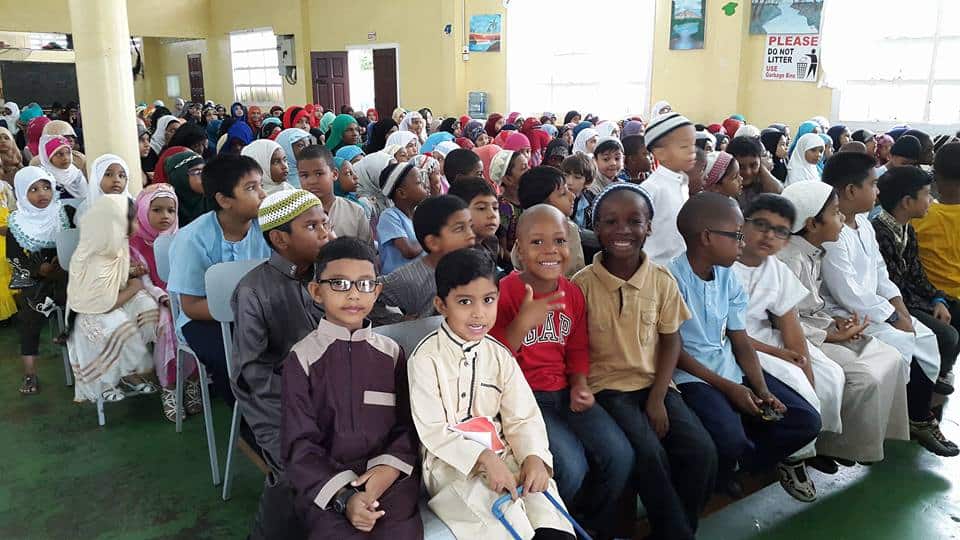
The educational training including the pedagogical approach of Ustadth Ahmad Ehwas was professional and served to attract and retain brothers and sisters in the study and practice of Islam. in this regard, his approach was in line with the professionalism championed in today’s educational literature and practice or recommended from other sources.
The following 24 items were encompassed and implemented in programs such as study circles, courses, liqaas or qiyaam ul layls:
- Teacher training and orientation through teacher training courses, study circles and classes.
- Devising curricula with clear goals and objectives, specific time frames and durations, and hours of instruction. These were tailored according to the level of participants, and both gender specific and co-ed depending on the type of program.
- Hierarchical structuring: (a) levels 1, 2, 3 in study circles; (b) basic, intermediate, advance for courses.
- Selection of convenient, strategic and appropriate location, day, and time for classes and programs. for example, the following venues were utilized: the masjid, home, public school, or Muslim organization HQ depending on the nature of the program.
- A comprehensive curriculum that embraced the key subject areas in basic Islamic knowledge: Quran recitation and memorization with Tajweed, Arabic language, Ebaadaat, Fqh, Muamalaat, Seerah, and Tafsir.
- Emphasis on tarbiyyah – the systematic training and development of people in various aspects of their lives. This included the spiritual aspects such as fasting and tahajjud prayer, and etiquettes such as eating and sleeping.
- Emphasis on teacher preparation prior to teaching.
- Encouragement of participants engaging in research and delivering presentations.
- The utilization of specific reading materials, both mandatory and optional in study circles; and prescribing assignments in some cases.
- As a teaching strategy, he promoted the use of handouts – typed talks, duas, and Arabic language material.
- As a teaching technique, he encouraged and demonstrated the use of questioning and would often try to elicit answers.
- As a teaching strategy, he introduced the use of humor, where applicable, in discussion and entertainment sessions.
- In imparting knowledge and training, he demonstrated the care and concern of a teacher for his students.
- The emphasis on student participation, and interactive, student-centered instruction.
- The conducting of testing on educational content in courses and classes.
- The conducting of evaluation on the completion of programs.
- Specialized training in key areas: (a) in speech with professional toastmasters and (b) in first aid with health professionals.
- Involvement of qualified Islamic instructors, employed and committed on a long-term basis.
- Emphasis on punctuality and attendance.
- Emphasis on physical training in camps.
- Provided the opportunity for different brothers to be trained in delivering khutbas, and youngsters in delivering short talks, and opportunities for brothers to be trained in leading salaah.
- Emphasis on a collaborative culture in enforcing the acquisition of knowledge and memorization.
- Encouragement of students having a serious approach to Islamic education.
- Emphasis on practical implementation of theoretical knowledge.





